What are we measuring?
In the classroom, we have a tendency to emphasize measuring length (and that’s a good place to start) but in the real world, there are so many more attributes to measure!
Think of all you need to measure in your day-to-day life: What’s the temperature outside? How many cups go in that recipe you’re making? What size jeans should you buy? How much water does your water bottle hold? How much does your dog weigh?
When it comes to teaching measurement, it can be tempting to start with the tools, like a ruler for length. But before we get to how to measure, we need to start with why we measure.
As adults, we may take all these ordinary applications of measurement for granted. Our goal is to show young learners that so much in the world can be measured, and to do so is not only practical and necessary, but also FUN.
(You’ll recall from Conceptual Knowledge in Section 3: Addition & Subtraction that children who learn the mathematical procedure before the mathematical concept are often less motivated and have a harder time connecting math ideas. This is why we begin with the conceptual understanding first.)
In this section of PWN Online, we’ll look more closely at how measurement develops for young children with the Learning Trajectory and see the importance of Nonstandard Units in measurement. Then we’ll see how Sorting serves as a precursor to data analysis.
Click the blue button below to get started!

